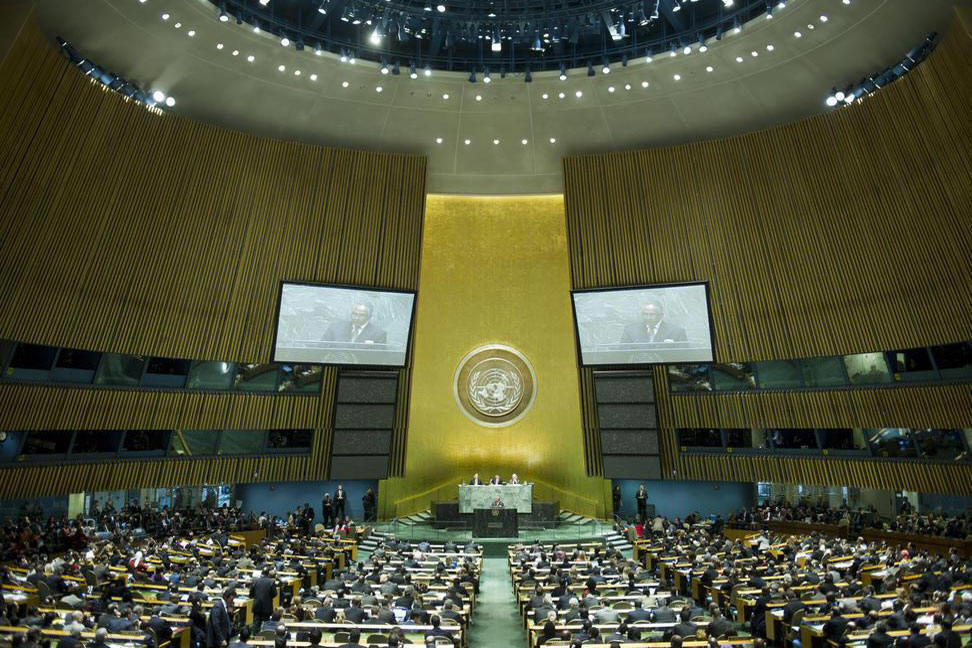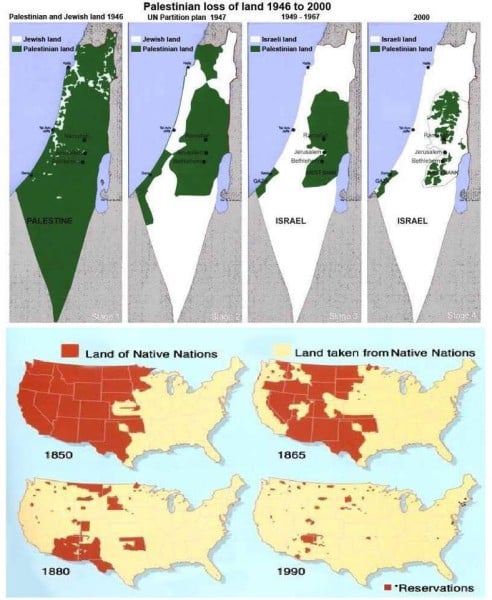Originally posted by Rana Baker on the Electronic Intifada at
http://electronicintifada.net/blogs/rana-baker/how-we-made-world-hear-gaza-citizen-journalists
Since a
ceasefire agreement brought a measure of calm back to our lives in Gaza, I have been trying to collect and recollect my thoughts and emotions.
Throughout the latest eight-day long Israeli offensive on Gaza, now known as “Operation Pillar of Cloud,” I had been unable to sit down and calmly tap my commentary or even intuitive thoughts on the attacks.
Instead, I had been involved in social-media-based reporting or citizen journalism. I’m not a doctor nor a resistance fighter, just an undergraduate student of business administration at a local university. In fact, I can hardly remember the number of times I cursed and mocked myself for not having enrolled in some first-aid course. What on earth was I thinking?
Gaza is “bliss”
But I was born in Gaza and have lived here my entire life. Although I managed to travel a number of times, I have never stayed out of this tiny, densely-populated enclave for longer than a month. For many, this may sound like something one would ooh and aah over. I, however, find it bliss.
This notion was emphasized last week, when many of my Twitter followers told me that they saw “nothing” of what we Gazans were reporting in their respective state-funded or national media. The first step I took when I decided to cover the attacks was that I would put my views and sentiments aside in order to be “credible.” I couldn’t.
Covering the attacks on Gaza without tapping my own views felt more like being a mainstream journalist striving to keep the image “balanced,” “unbiased,” and “appealing” to everyone. It felt more like betraying
the blood being mercilessly spilledby all kinds of warfare anyone can imagine, the screams that remained unheard under the rubble until they were silenced by the force of nature.
So by, Thursday, 15 November, the second day of the Israeli attack I surrendered to the fact that I could be credible without being “mainstream.” All attempts to split myself between my real self, an ordinary Gazan who belongs to and shares the feelings of this country, and a “balanced” journalist failed miserably. So I began voicing my “extreme views” (
as Haaretz insisted on calling them) alongside real-time news, publicly and unabatedly.
An unbalanced situation
Since my childhood, I have always dreamed of becoming a journalist, of pursuing a career in one of the most well-known news corporations. However, as I grew up and became more involved, journalism was no less than a huge disappointment.
Bearing witness to the mainstream reporting of last week’s events was a cruel slap across in the face whose effect shall always remain. I was and still am very sickened by the amount misrepresentation we received.
Seeing our rights and blood being sold out as “collateral damage,” as having “caught in crossfire” means one thing to me: I no longer feel the urge to become a journalist of the kind BBC, CNN and others prefer.
After all, this is an unbalanced situation: a US-backed occupation and an occupied people doing everything to liberate their land. How can any reporting be “balanced” when reality itself is so unbalanced?
Mainstream media contact me
I still wanted, however, to make it to the mainstream with the very sentiments my tweets involved. To do this, I took it upon myself to tweet confirmed news only. I was thinking that if I tweet –- and retweet – news and pictures that would be later on proved false, I will lose the opportunity of penetrating the mainstream barrier.
Aided by a media contact list of citizen journalists in Gaza we collaboratively compiled and distributed, it became much easier for us, the people on the ground, to tell and share our experiences from our different perspectives. Indeed, even to
win the cyberspace war.
Recording the sounds of destruction
Looking at my room back then with wires splayed all over the place, with the radio rumbling, bombs exploding nearby, phone ringing, windows rattling, I cannot but feel grateful to this country that taught us to love it and endure its boredom and difficulties.
I was teetering between my window, where I hung the iPad out to
record sounds of explosions, and Twitter where I posted updates. Because I live just across the road from
Gaza’s largest hospital, sirens and screams blended with the relentless buzzing of Israel’s unmanned drones were our everyday lullaby.
Most of the news and tweets that came out engaged only one of the five senses: the sight. The sounds were lacking despite them being at the heart of the experience. In fact, there are countless incidents where the glass on entire buildings exploded as a result of the deafening noise that accompanies the raids. Many people were injured while lying down on their beds as a result of glass pieces falling down on them.
So it came to me that what if I engage the ears too? Navigating through what I had previously learned in a social-media course,
audioboo.fm was the right tool. This way, all followers of the worldwide trending hashtags of #Gaza and
#GazaUnderAttack could hear real-time soundtracks of the explosions, sirens, screams and cries while reading the live updates pulsed in by young citizen journalists.
Despite the challenges, reaching the world, from Gaza
The number of views and shares I received on these audio-recordings was enormous. Mainstream media outlets embedded them into their live blogs and articles. Meaning, those who do not have Twitter or Facebook accounts were still able to access and listen to these recordings. In many occasions, the recordings were aired on local radios around the world.
However, this was not without challenges. We had to find a way to keep the world updated while the electricity and therefore Internet are out. Our friends and colleagues in the West Bank offered to tweet on our behalf if we send them the updates through the mobile network.
Using these techniques, we were able to keep in touch with the people who were eagerly following our posts and updates.
Solace and freedom of movement in cyberspace
Being young and Palestinian at the same time means that you should be aware of the resources available around you. Otherwise, you will isolate yourself and your people. After all, Israel is doing everything in its power to further cut Gaza off from the outside world. Since we have limited access to books and travel, we find solace in cyberspace.
There, in the virtual world, we can move freely from country to country and find the information we need. We can establish and expand our networks and as was the case last week, counter mainstream propaganda that is constantly portraying us the aggressors or “terrorists.”
Despite all the strength and perseverence you try to show, there is always that moment when you’re no longer able to hold back the tears you have suppressed.
That is when you fall short of the strength and preservation of others. A stroll around Gaza says it all. Out in the streets people are cleaning up the rubble, sweeping away dust and glass, extinguishing the fires that remained, and fixing the blown out doors of their homes.
















